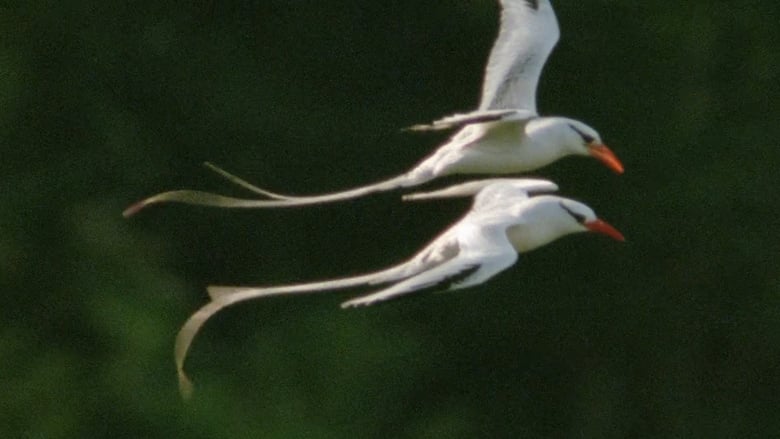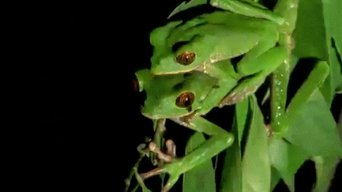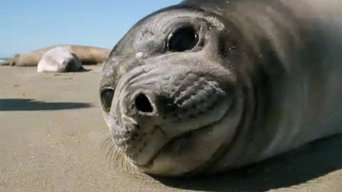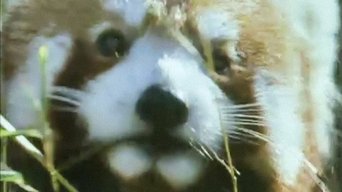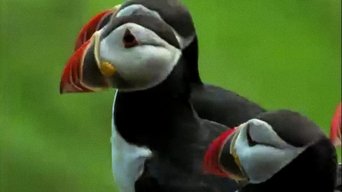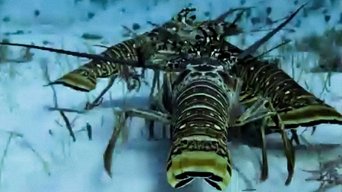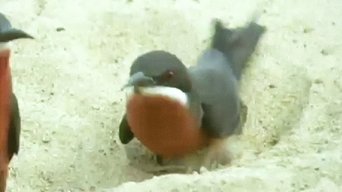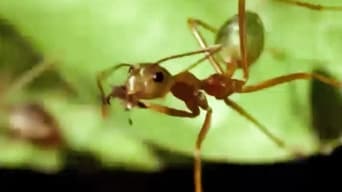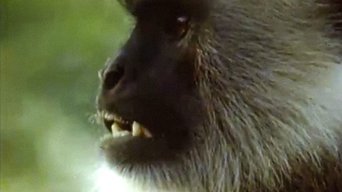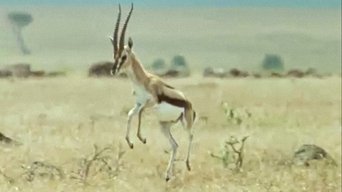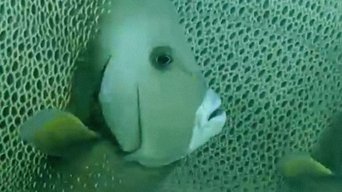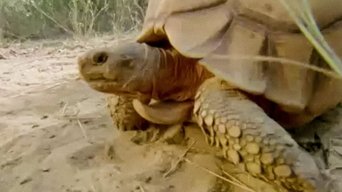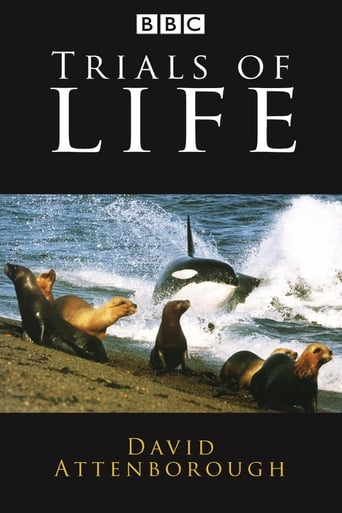
Trailer
Synopsis
A study in animal behaviour, it was the third in a trilogy of major series (beginning with Life on Earth) that took a broad overview of nature, rather than the more specialised surveys of Attenborough's later productions. Each of the twelve 50-minute episodes features a different aspect of the journey through life, from birth to adulthood and continuation of the species through reproduction. The series was produced in conjunction with the Australian Broadcasting Service and Turner Broadcasting System Inc. The executive producer was Peter Jones and the music was composed by George Fenton. Part of David Attenborough's 'Life' series, it was preceded by The Living Planet (1984) and followed by Life in the Freezer (1993).
Seasons & Episode
1
Similar titles
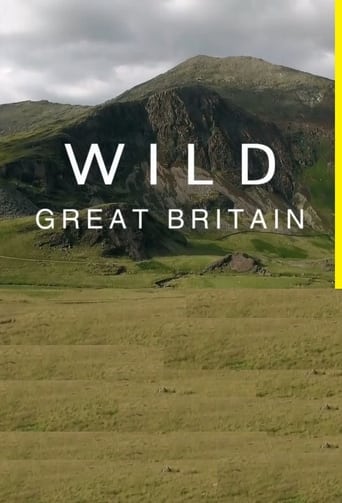
Wild Great Britain
Britain’s wildlife can be secretive, so often goes unnoticed. This series reveals the hidden lives of both the familiar and the more unusual animals with which we share our island home.
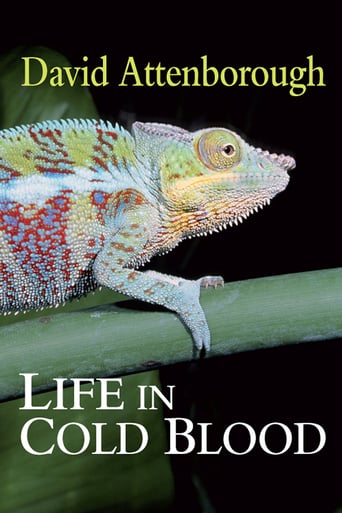
Life in Cold Blood
David Attenborough reveals the surprising truth about the cold-blooded lives of reptiles and amphibians. These animals are as dramatic, as colourful and as tender as any other animals.

Wild Hawaii
Seven millions years ago Hawaii rose from the sea a volcanic wasteland, how these islands transformed themselves into paradise is a story that defies the odds and challenges our expectations. Nat Geo WILD takes us on an untamed journey to Hawaii, a place that through an alchemy of fire, ice and water has become an experiment in creation.
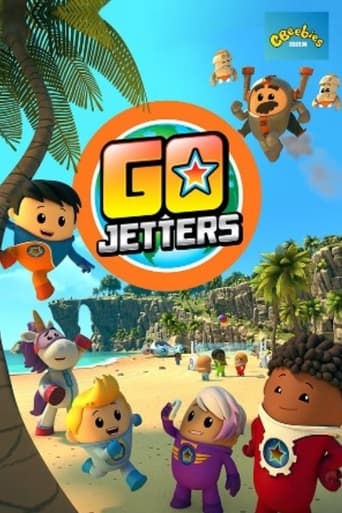
Go Jetters
Go Jetters follows the adventures of four plucky international heroes, Xuli, Kyan, Lars and Foz, as they travel the globe with their friend and mentor Ubercorn, a disco-dancing unicorn. Together they save the world's most famous landmarks from the mischievous meddlings of their nemesis, Grandmaster Glitch.

Elephant Diaries
Wildlife series following the lives of a group of orphaned African bush elephants at a sanctuary in Kenya as they face some of the biggest challenges of their lives.
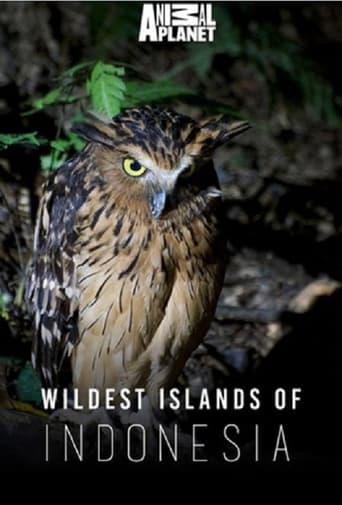
Wildest Islands of Indonesia
The islands of Indonesia remain a wild paradise. This series explores the incredible wildlife of this extraordinary environment and reveals the remarkable ways in which life has been created, adapted, and reborn over millions of years.

Swarm: Nature's Incredible Invasions
Documentary series revealing the awe-inspiring world of animal swarms.
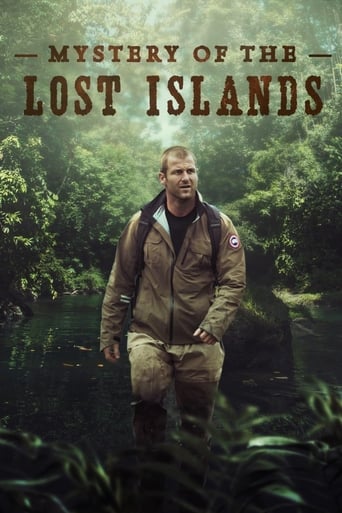
Mystery of the Lost Islands
Follow big predator specialist Dave Salmoni as he travels to some of the world's most remote and hostile islands to answer extraordinary wildlife mysteries.

Wild Things with Dominic Monaghan
A true nature lover, Dominic with his courageous cameraman Frank, travel across four continents to far-flung countries in search of the largest, weirdest and most intense creatures alive – all in an attempt to ease fears of these often misunderstood animals. Crawling through dark caves, sailing the Amazon River, surfing the Costa Rican coast, and immersing himself in local culture, customs and cuisine makes for an adrenaline pumping, wildly adventurous season. He will also be joined by his buddy Billy Boyd on a quest to New Zealand where they’ll search for the giant wetapunga and return to where it all began for the duo, Hobbiton, home of the Lord of the Rings world for a traditional Hangi feast.
You May Also Like
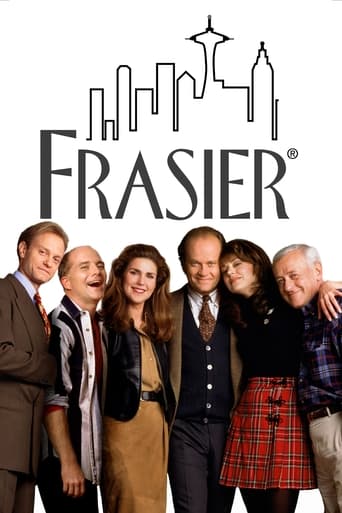
Prime Video
Frasier
After many years spent at the “Cheers” bar, Frasier moves back home to Seattle to work as a radio psychiatrist after his policeman father gets shot in the hip on duty.
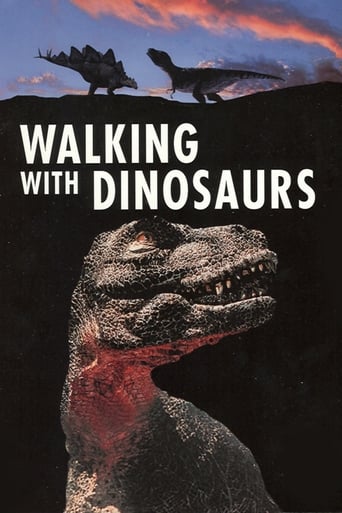
Walking with Dinosaurs
Combining fact and informed speculation with cutting-edge computer graphics and animatronics effects, the series set out to create the most accurate portrayal of prehistoric animals ever seen on the screen.
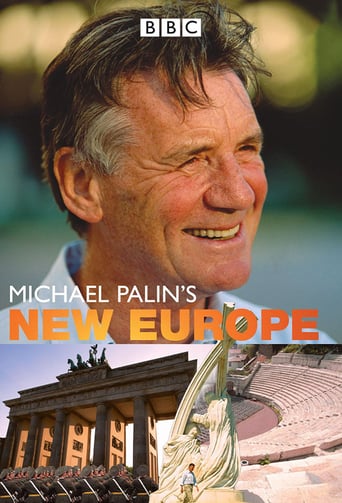
Michael Palin's New Europe
Michael Palin explores European countries that were once behind the Iron Curtain.
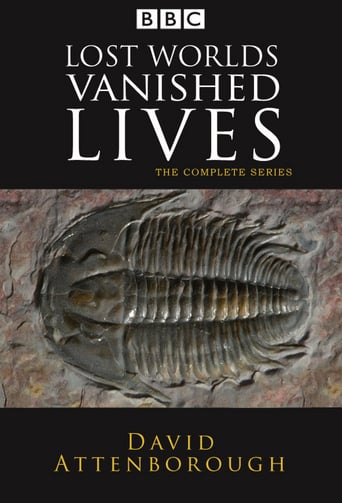
Lost Worlds, Vanished Lives
David Attenborough presents a series on fossils and palaeontology.

Max
Westworld
A dark odyssey about the dawn of artificial consciousness and the evolution of sin. Set at the intersection of the near future and the reimagined past, it explores a world in which every human appetite, no matter how noble or depraved, can be indulged.

Netflix
Breaking Bad
Walter White, a New Mexico chemistry teacher, is diagnosed with Stage III cancer and given a prognosis of only two years left to live. He becomes filled with a sense of fearlessness and an unrelenting desire to secure his family's financial future at any cost as he enters the dangerous world of drugs and crime.

Max
Chernobyl
The true story of one of the worst man-made catastrophes in history: the catastrophic nuclear accident at Chernobyl. A tale of the brave men and women who sacrificed to save Europe from unimaginable disaster.

Max
Game of Thrones
Seven noble families fight for control of the mythical land of Westeros. Friction between the houses leads to full-scale war. All while a very ancient evil awakens in the farthest north. Amidst the war, a neglected military order of misfits, the Night's Watch, is all that stands between the realms of men and icy horrors beyond.
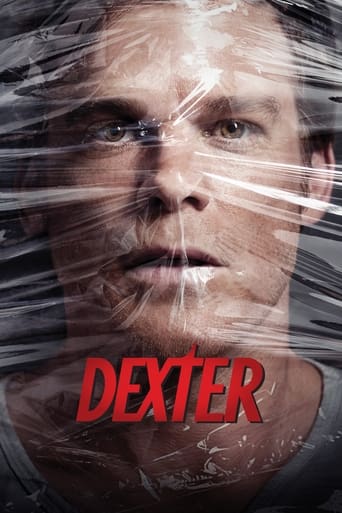
Prime Video
Dexter
Dexter Morgan, a blood spatter pattern analyst for the Miami Metro Police also leads a secret life as a serial killer, hunting down criminals who have slipped through the cracks of justice.
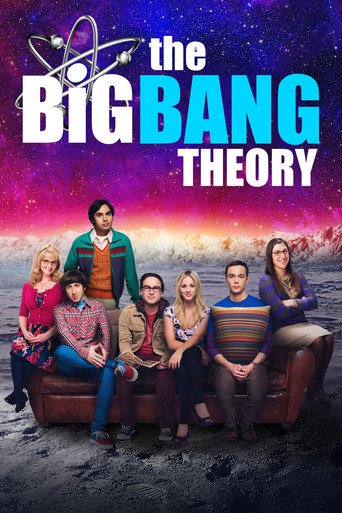
Max
The Big Bang Theory
Physicists Leonard and Sheldon find their nerd-centric social circle with pals Howard and Raj expanding when aspiring actress Penny moves in next door.
Top Streaming TV Show
#1

Grey's Anatomy
March. 27,2005
7.6
#2

A Teacher
November. 10,2020
6.9
#3

The Mandalorian
November. 12,2019
8.7
#4

Game of Thrones
April. 17,2011
9.2
#5

Station 19
March. 22,2018
7
#6
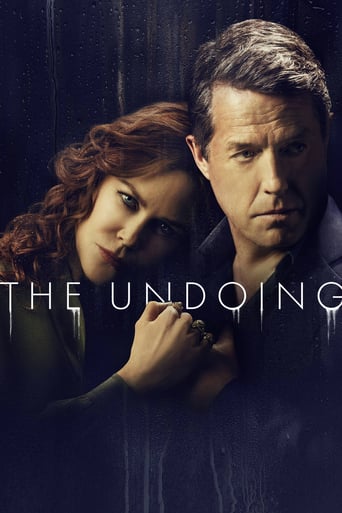
The Undoing
October. 25,2020
7.4
#7
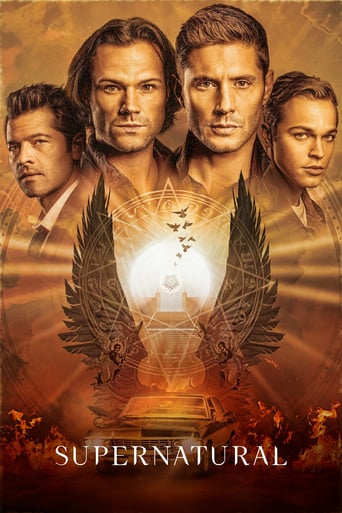
Supernatural
September. 13,2005
8.4
#8

The Last Dance
April. 19,2020
9.1
#9

Euphoria
June. 16,2019
8.3
#10
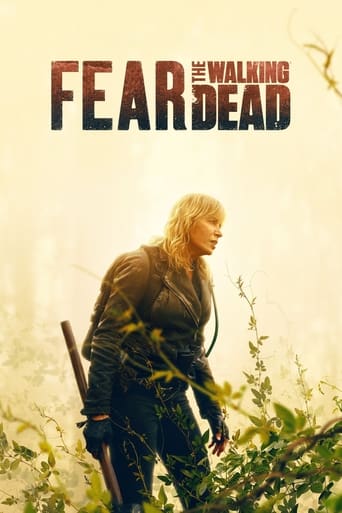
Fear the Walking Dead
August. 23,2015
6.8

